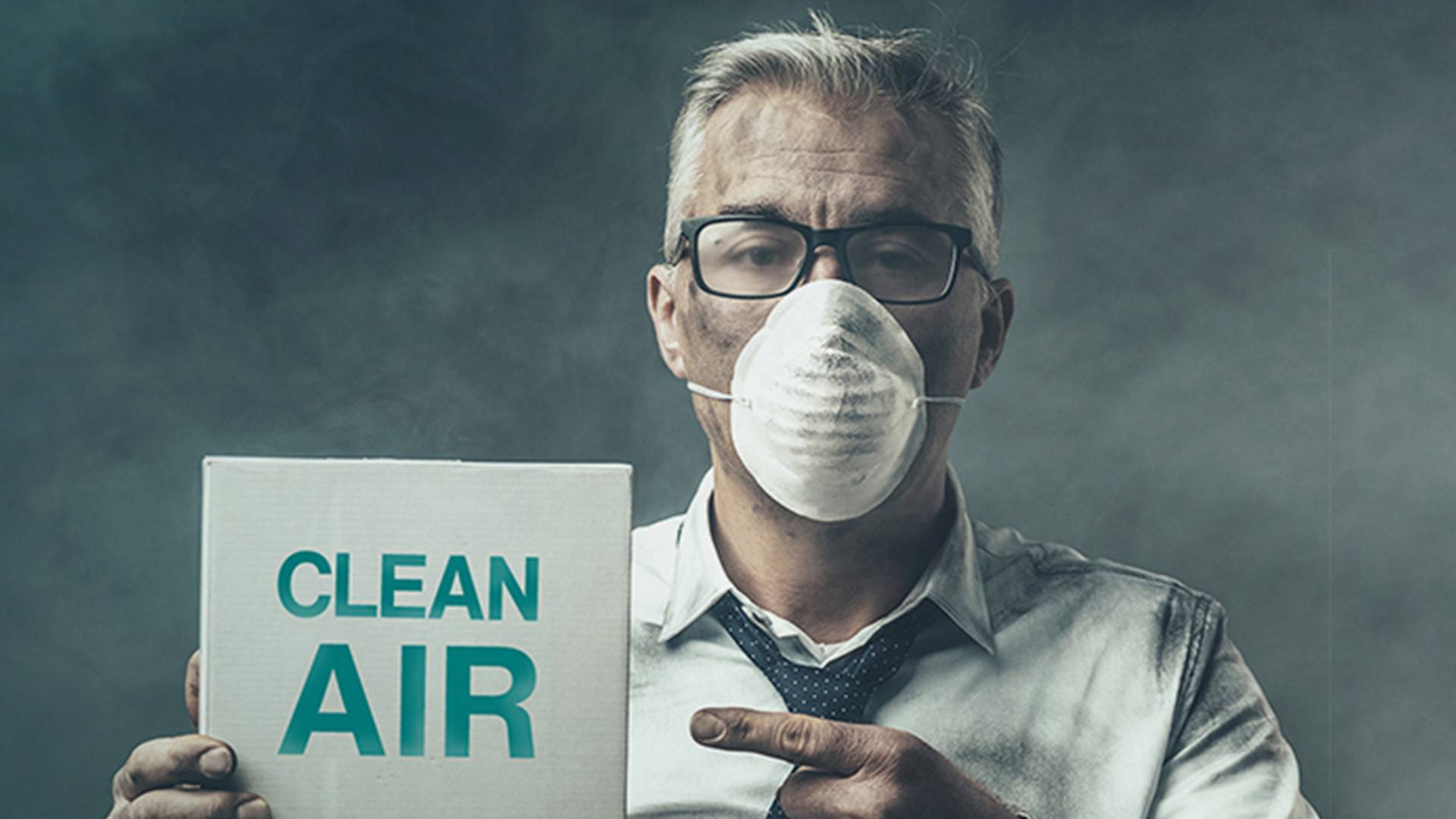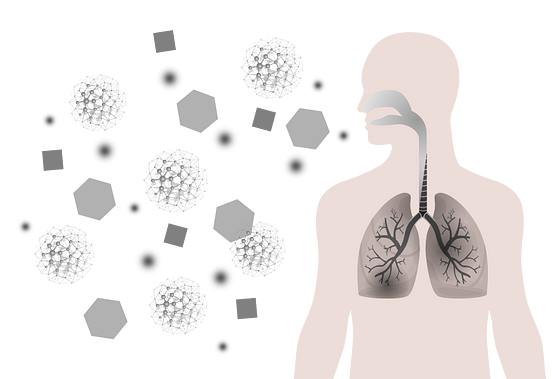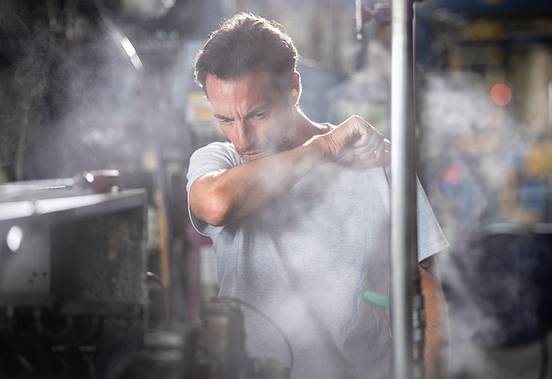It’s not possible to avoid dust being created in the workplace, but that doesn’t mean it’s ok for it to be there. Here’s everything you need to know about why dust is a health hazard and what you need to do about it.

Dust might just look like, well, dust, but it comes in many forms and has many completely different origins. It all adds up to air pollution though, with dust particles so light that they can float in the air for hours before being deposited on a surface.
Here are just some of the ways that dust can be created:
When dust is particularly small, it’s classed as fine dust which can be so tiny that it isn’t even visible to us.
Because dust comes in so many shapes and sizes, it’s not an easy job to completely filter it out of the air and can require specially-matched filters. Because it’s so complex, you need professionals on your side, ideally professionals with years of experience and more than 3,000 customers worldwide.
There’s no dust problem we haven’t already dealt with before, so why not get in touch today?
Here are just some of the types of dust that could be causing issues in your workplace:

Just because dust is small doesn’t mean you can discount it as a threat. It’s actually quite the opposite – because dust is so small it can be breathed in more deeply than larger particles and even end up in our bloodstream.

It’s not just the size that causes the danger either, it’s about the length of exposure. Permanent exposure to dust from fine and ultrafine particles (PM2.5 and smaller) can lead to serious health issues, with PM1 dust so small that it can cause damage to our organs.
However, you can fight back against dust with the air cleaning systems from Zehnder Clean Air Solutions, which filter out most of the dust before you breathe it in, thanks to hundreds of different filter combinations that capture even the tiniest particles. Why not get in touch to find out more?
To complete your subscription to our newsletter, simply click on the link in your inbox. If you don't receive anything, check your spam folder to be sure.